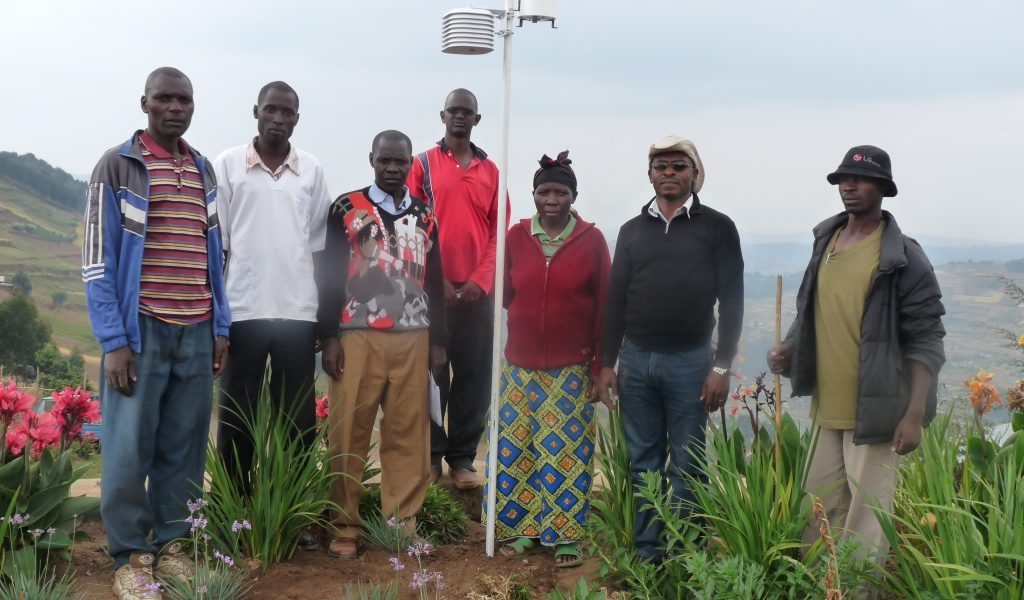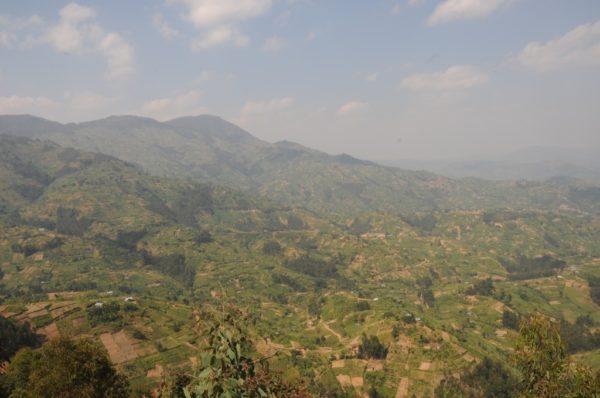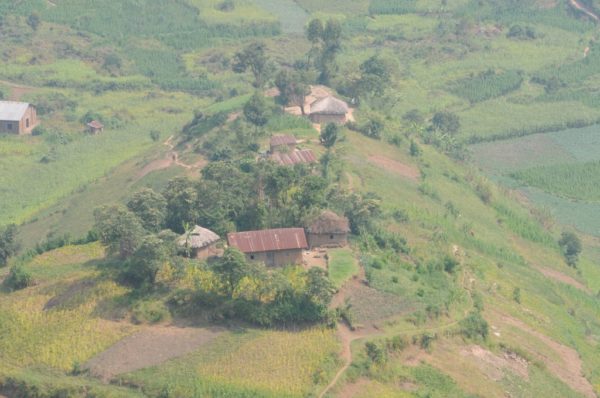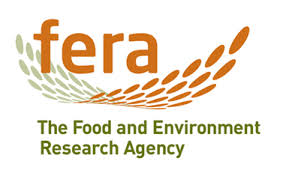The Paris Agreement of December 2015 heralds a greater global effort to reduce greenhouse gas emissions and mitigate the effects of climate change, yet farmers around the world are already dealing with the consequences of a warming atmosphere. While more frequent droughts and floods are causing widespread crop damage, the greatest threat to farmers from global warming may be the growing abundance and expanding distribution of crop pests and diseases.
“A crop pest that currently produces three or four generations per year may produce as many as six or seven generations per year once average temperatures rise by 2ºC—3ºC,” warned Jürgen Kroschel, Team Leader for Agroecology and Integrated Pest Management at the International Potato Center (CIP).
Pests and diseases already pose major threats to the food security and livelihoods of smallholders in developing countries, yet there is a shortage of information about how much and where climate change will transform those threats. To help fill that knowledge gap, Kroschel is coordinating a CIP-led, multi-crop collaboration with several other international research centers and national programs to predict how global warming will affect some of the most destructive crop pests and diseases in East Africa. The initiative’s ultimate goal is to help local government agencies and the farmers they serve to better assess, prepare for, and confront the risk of crop pests and diseases as the climate changes.
Funded by the CGIAR Research Program on Roots, Tubers and Bananas (RTB), the initiative focuses on the critical pests and diseases affecting potato, sweetpotato, banana and cassava in Africa’s Great Lakes Region. It combines the expertise of researchers from CIP, Bioversity International, the International Center for Tropical Agriculture (CIAT), the International Institute of Tropical Agriculture (IITA), the UK’s Food and Environment Research Agency (Fera) and Commonwealth Agriculture Bureau (CABI), US universities and national programs in the region. Some of the tools those researchers are using were developed during a prior CIP project to model climate change’s impact on insect pests in Africa, which was funded by the German Federal Ministry of Economic Cooperation and Development (BMZ).
Researchers have been working in both the laboratory and in the field, namely the Ruhengeri area of Rwanda and Burundi’s Rusizi Valley, both of which hold a wide diversity of farming systems along an altitudinal gradient, and where banana, cassava, potato and sweetpotato are widely grown. CIP, Bioversity, IITA and national partners began there by coordinating a socioeconomic baseline survey of more than 400 farm households in the two countries, and installing networks of weather stations at different altitudes to provide a regional climatic database. The researchers are studying farms at different altitudes to better understand the role that altitude plays in pest distribution and intensity as the temperature rises.
“We are not only studying the impacts of climate change on pests and diseases, but on the livelihoods of farmers in these areas,” said Kroschel.
At the same time, scientists at CIP, Bioversity, CIAT and IITA have conducted laboratory research to better understand how rising temperatures affect the development of specific pests – data that are being used to predict how climate change will increase the risk they pose. To do this, researchers use Insect Life Cycle Modeling (ILCYM) software, which was developed by CIP’s agroecology modeling team under the previous project.
“You need individual assessments for each species to predict changes under rising temperatures. You can’t generalize,” explained Kroschel.
Thanks to the RTB initiative, software that CIP developed using potato pests is now being applied to insects that attack an array of other crops. Kroschel added that researchers are also trying to determine how climate change will affect the transmission of viruses by insects that serve as vectors for crop diseases.
An important project goal is to facilitate and improve risk assessments for the most critical insect pests and pathogens, which will help the region’s governments, non-governmental organizations and the private sector to confront those threats. The participating research centers are working with national programs in several East African countries to strengthen pest surveillance and the capacity to elaborate and act upon pest risk analysis (PRA) documents, which can be an important tool in national or regional efforts to help farmers prepare for pest risks.
CIP prepared PRA documents for the Guatemalan potato tuber moth (Tecia solanivora) and tomato/potato leaf miner (Tuta absoluta) that were used and further adapted during a training course for officials from Burundi, DR Congo, Uganda and Rwanda in October 2015. The elaboration of PRAs for several cassava and banana diseases is underway, led by IITA and Fera.
Kroschel noted that this project complements efforts by the Food and Agriculture Organization of the United Nations (FAO) to promote the production and use of PRA document’s by African ministries of agriculture.
While the threat that pests and diseases pose to crops is bound to grow under climate change, the good news is that there is a concerted effort underway to help farmers in East Africa to prepare for it.
By: David Dudenhoefer



